Physical Address
304 North Cardinal St.
Dorchester Center, MA 02124
Physical Address
304 North Cardinal St.
Dorchester Center, MA 02124
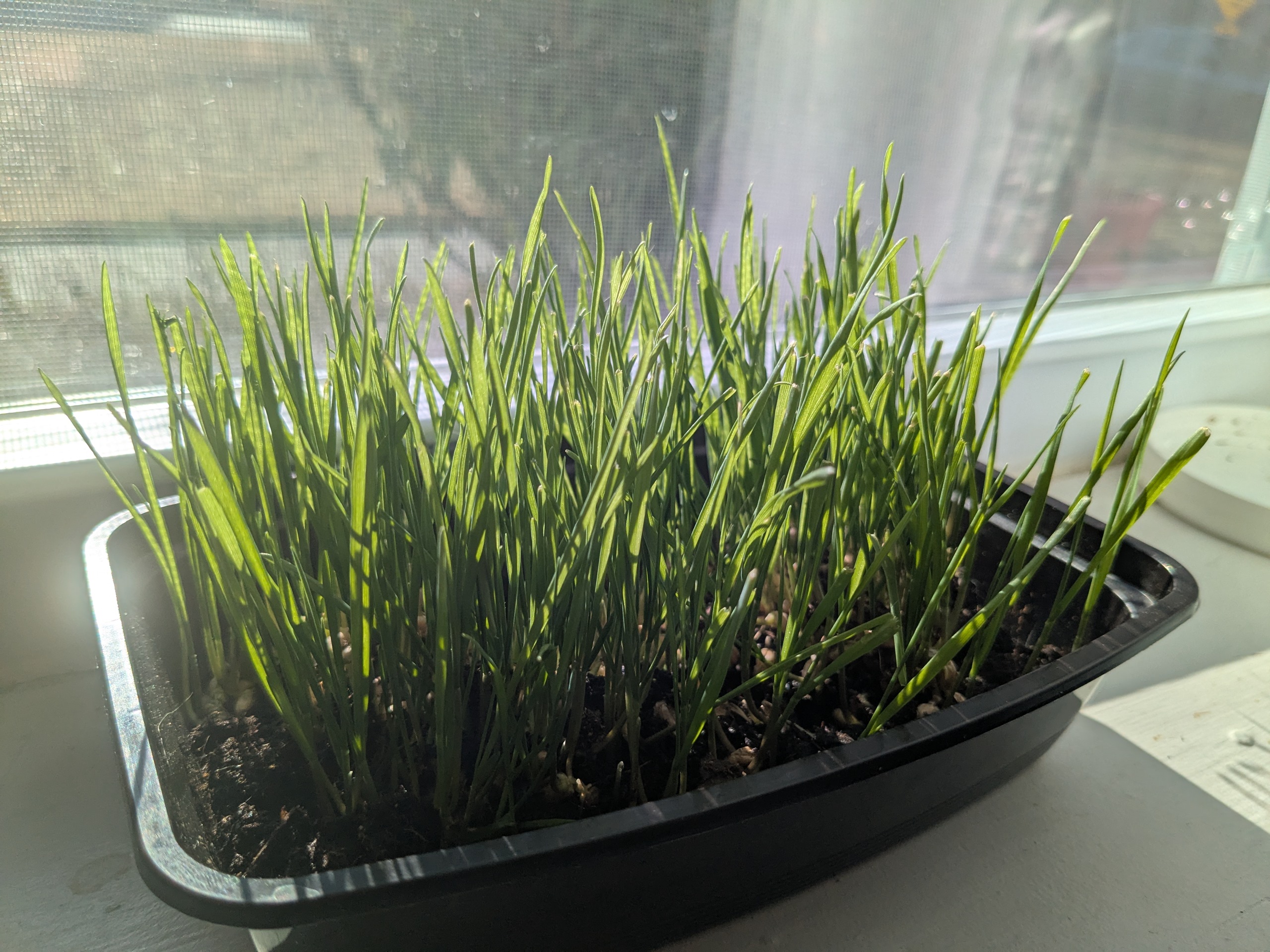
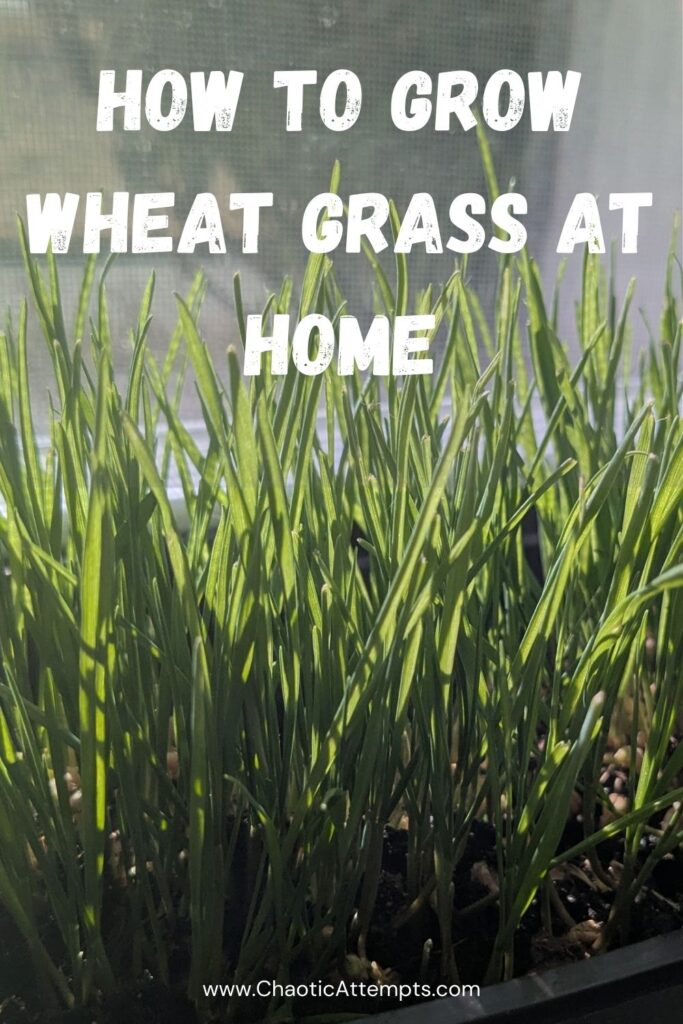
The following post contains affiliate links and I will make a small commission as an Amazon Associate if you decide to buy these products via these links. That being said, please look for these products at your favorite local garden store! I have purchased these products and use them often, I just don’t know how to describe them in words.
Stop buying wheat grass at the store! Wheat grass is so easy to grow that you have no reason not to add it to your container gardening repertoire.
I started growing wheat grass for the spoiled feline in my life, but it is also great for chickens, rabbits, guinea pigs and even considered a human super food. It contains antioxidant, antibacterial and anti-inflammatory properties which makes it a great addition to any diet and it is also high in iron, calcium, various vitamins and various minerals.
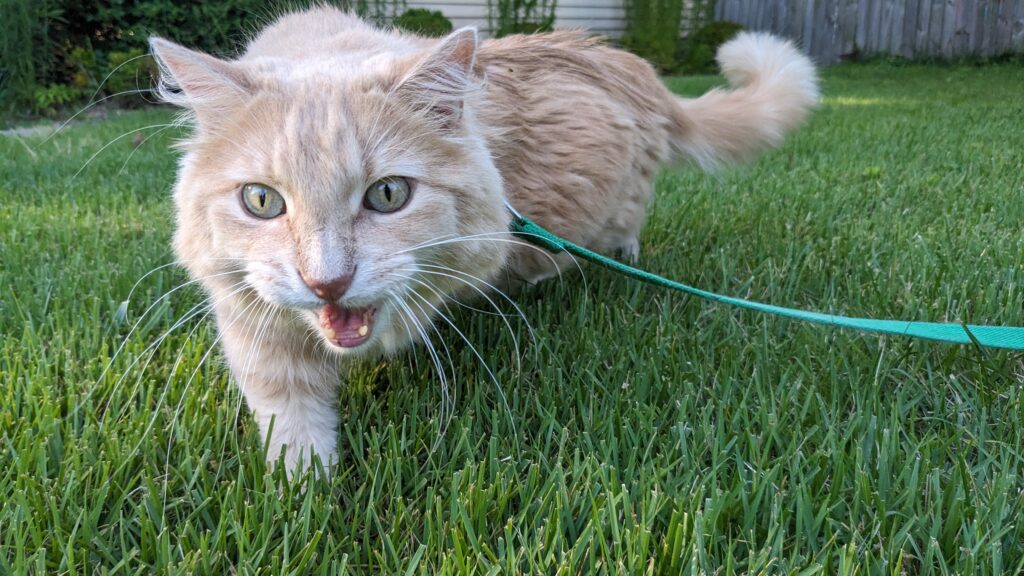
In order to take advantage of this super food you need only a couple of things:
You can buy wheat grass seeds on Amazon or at your local garden store. Sometimes even your local health food store will have them. A little bit goes a long way with these and I normally use only 2 tablespoons per batch.
In terms of containers, I really like using old take out containers from my favorite Chinese restaurant. The clear lid acts as a mini greenhouse for germination and the size of the container is perfect for my windowsill and my cat. If you’re looking to grow a larger batch of grass, any shallow container will work. One of the best parts about wheat grass is that it loves water, so you don’t need a container with holes in the bottom!
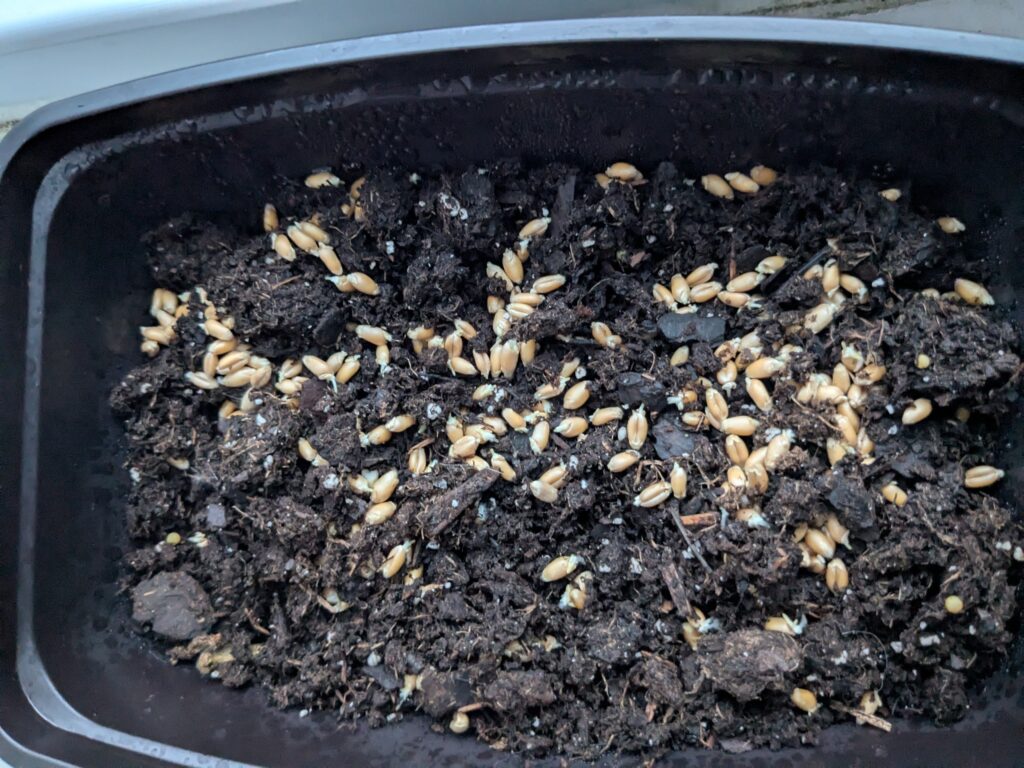
For substrate, I really like to use peat moss or coco coir. Both substrates hold moisture really well and I don’t need to worry about any artificial fertilizers if my kitty accidentally takes a bigger bite than usual. Peat moss and coco coir are also safe to throw to your chickens or other non-feline friends. If you don’t like the idea of “dirt” in the house, you can also use plain old water! I’ve used these cool seed sprouting trays before and they grow great grass. Unfortunately, I feel like the roots tend to get moldy in the seed sprouting trays so I would not recommend them if you are hoping to throw the whole plants (roots and all) to your chickens or other animals.
Finally, time. Wheat grass grows incredibly quickly after the seeds are sown. If you soak your seeds for 8 hours before sowing them you will usually have harvest-able wheat grass in only seven to eight days. I sometimes forget to soak my seeds and even then, I usually see roots within four days, tiny blades of grass within eight days and the grass is ready to pass over to my cat within 12 days. Your grass is considered harvest-able for you or your animals when the blades of grass are 3-4 inches tall. Pets/livestock will eat the grass and sometimes the seeds too but if you’re growing this grass for you, I recommend avoiding the seeds and roots.
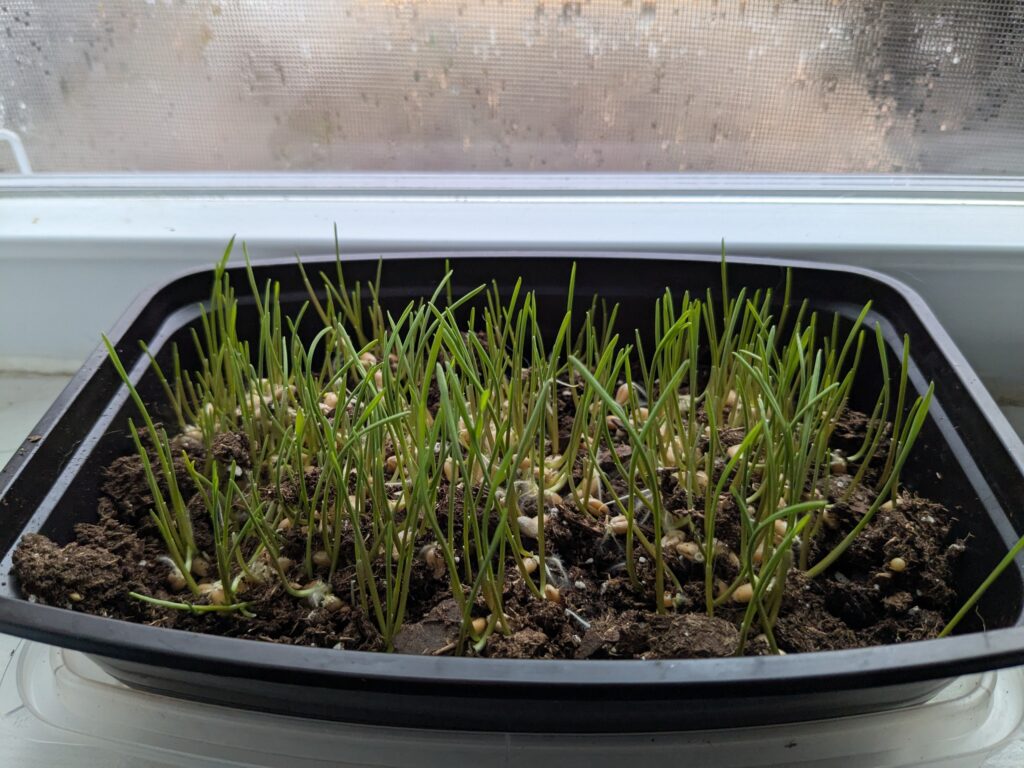
So, you’re sold on wheat grass. You have all of the materials and you’d like to start your first batch. How do you do it?
I hope I’ve convinced you to give wheat grass a try and I hope you enjoy a little bit of chaos along your journey!
